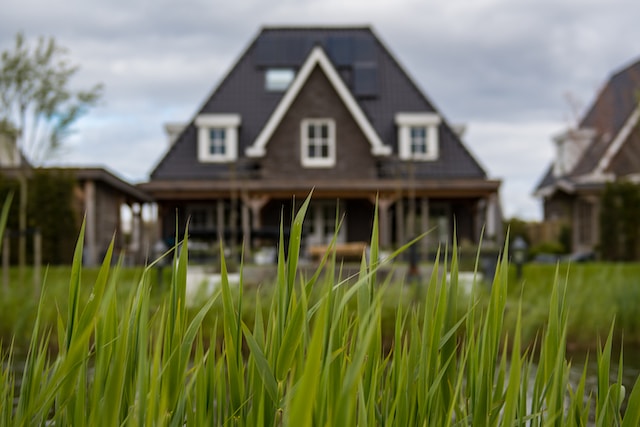Ever wondered how to give your village inn a financial boost? You’re in luck! In this article, we’ll simplify complex financing and guide you through the maze of reverse mortgages.
Don’t be intimidated; we’ve got all the details broken down. Ready to turn your inn’s equity into cash flow? Let’s get started on unlocking your property’s potential!
Key Takeaways
- Reverse mortgages allow conversion of property equity into tax-free funds.
- Reverse mortgages provide steady cash flow, reducing financial risks.
- Incorporating reverse mortgages in the financial strategy can significantly improve the inn’s profitability.
- Regularly reassess property values and balance operational expenses with reverse mortgage inflow.
Understanding the Basics of Reverse Mortgages
Let’s delve into the basics of reverse mortgages and how they’re a viable option for bolstering your village inn. AmeriVerse Reverse Mortgage, governed by Mortgage Regulations, allows you to convert part of your property’s equity into tax-free funds. This process is referred to as Reverse Lending. Unlike traditional loans, you’re not required to pay back so long as you live in your property.
You must be 62 or older and own your home outright or have a low balance on your mortgage. The loan amount is determined by appraised value, interest rates, and age. It’s essential to understand that while it provides immediate liquidity without monthly payments, interest accrues over time.
Stay tuned as we transition into understanding how implementing reverse mortgages can enhance your village inn’s financial strategy.

Implementing Reverse Mortgages in Your Village Inn’s Financial Strategy
Incorporating this strategy into our financial plan can significantly improve the inn’s profitability.
It’s crucial to understand reverse mortgages and how they interact with risk management and mortgage legislation.
- Risk Management: Reverse mortgages can offer a steady cash flow, reducing financial risks.
- Mortgage Legislation: Stay updated on changes in laws that might affect your eligibility or loan terms.
- Equity Conversion: Convert a part of your property’s equity into funds without selling the inn.
- Profitability Increase: By leveraging your assets, you’ll increase profitability.
Mastering these elements requires time and effort, but it’s worth it for the potential benefits to your business operations.
Now we’re going to dive deeper by evaluating the impact of reverse mortgages on your village inn’s revenue.
Evaluating the Impact of Reverse Mortgages on Your Village Inn’s Revenue
You’ll soon see how this strategy could potentially alter the financial landscape of the hospitality business you’re running. Utilizing reverse mortgages, you can achieve revenue stability for your village inn by converting a part of your property’s equity into cash flow.
However, it’s crucial to be aware of mortgage risks involved.
While regular income from reverse mortgages bolsters your revenue, it also increases risk exposure as property value fluctuations may affect payback amounts. You’d be wise to regularly reassess these values and adjust strategies accordingly.
Furthermore, ensure that long-term operational expenses sync with the inflow from the reverse mortgage – an imbalance could lead to financial strain.
As always, judicious management mitigates risks and enhances benefits in this complex but rewarding strategy.
Conclusion
Don’t let the complex nature of reverse mortgages scare you away. They can be a great tool to bolster your Village Inn’s financial health.
Worried it might negatively impact revenue? Picture this: your inn, thriving off an untapped cash flow from your property value, increasing stability and potential growth.
Navigate these waters with confidence – understanding and leveraging reverse mortgages could be the game-changer your business needs.